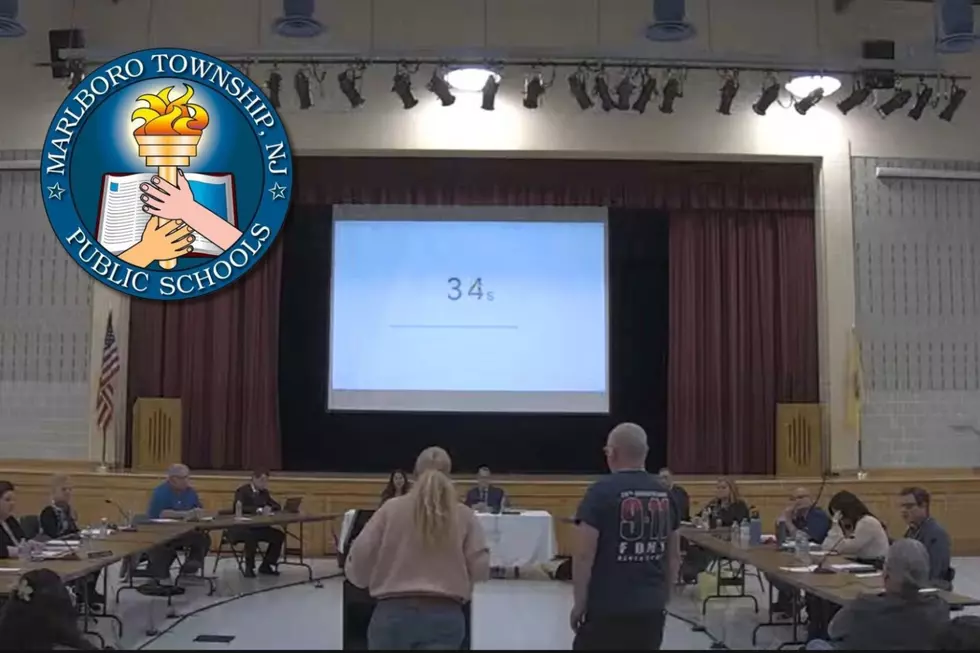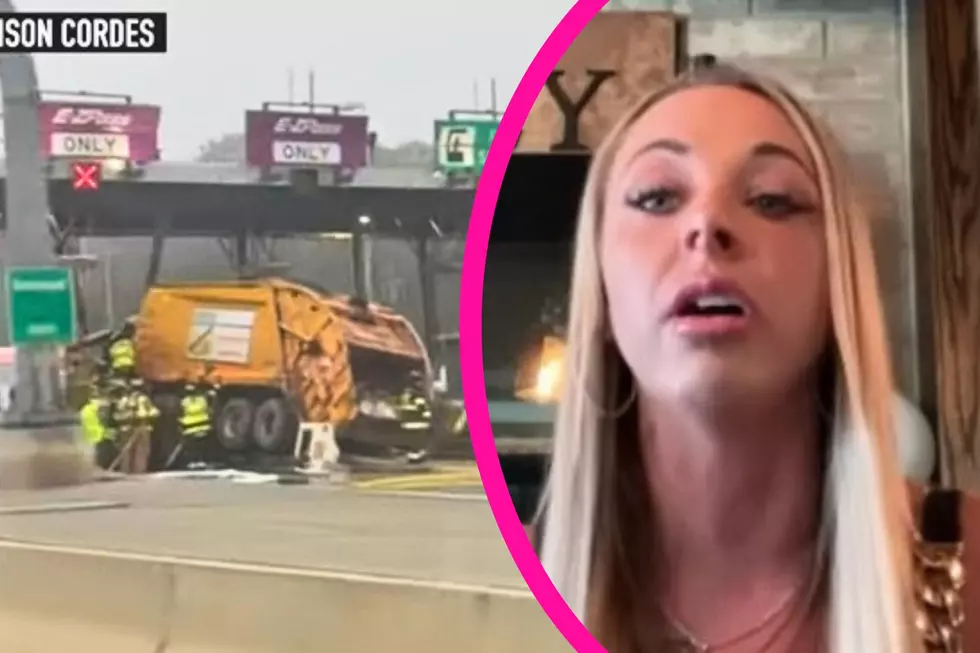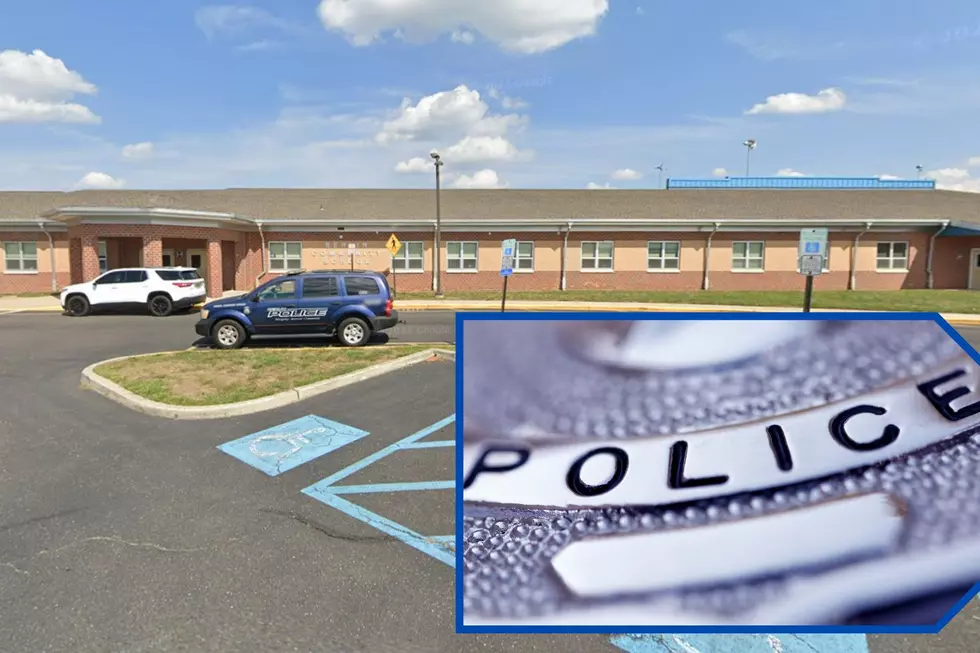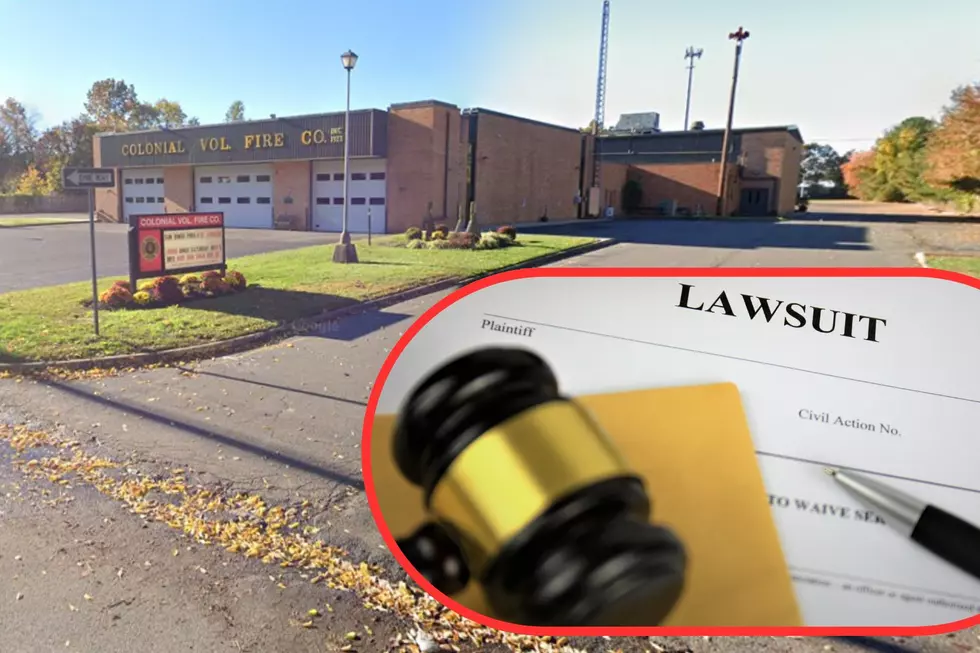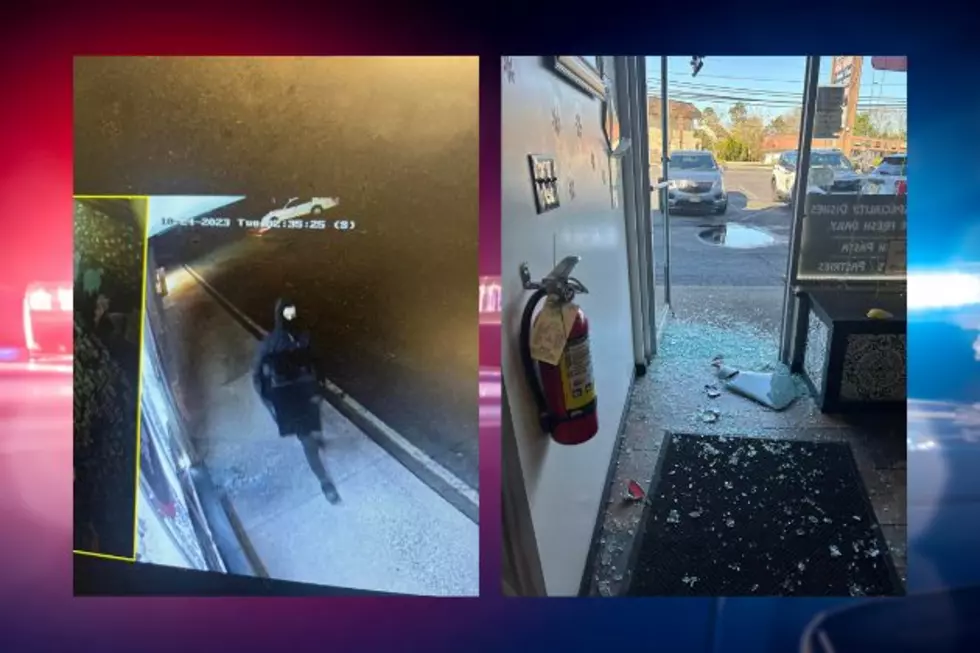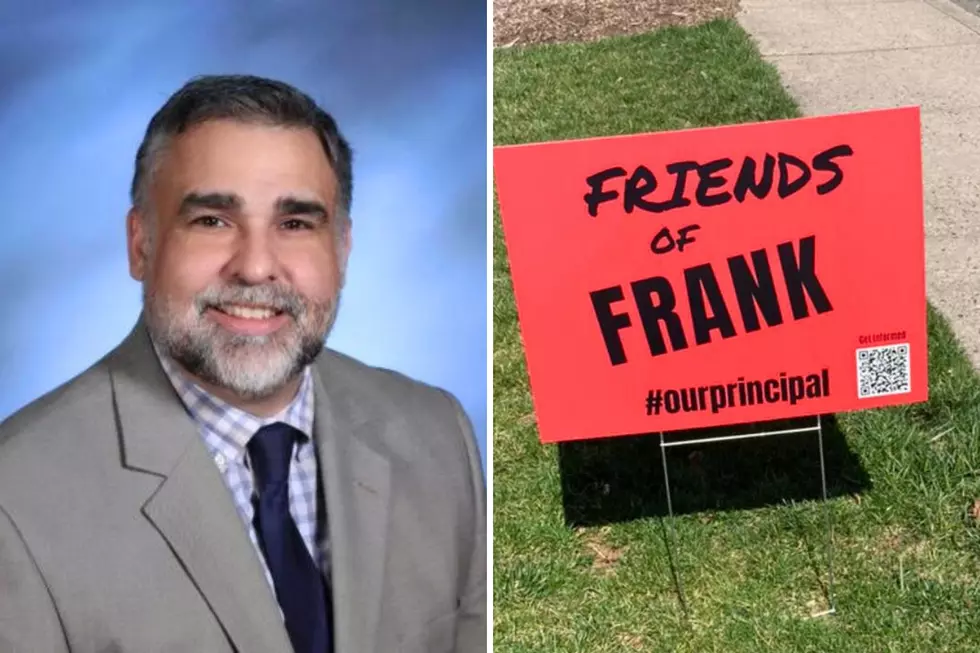
Radiation Leaks from Nuke Waste Dump
Department of Energy investigators say a radiation release from the federal government's underground nuclear waste dump in southeastern New Mexico was the result of a slow erosion of safety at the 15-year-old site.
In a report released Thursday, they also say the Waste Isolation Pilot Plant near Carlsbad fails to meet federal standards for nuclear facilities and its employees bungled their response to the emergency.
Given the new findings and those from an investigation of an earlier underground truck fire at the site, watchdog Don Hancock of the Southwest Information Research Center says the leak that contaminated 21 workers with low doses of radiation in mid-February was a "best-case scenario."
THIS IS A BREAKING NEWS UPDATE. Check back soon for further information. AP's earlier story is below.
Poor management, an eroding safety culture, ineffective maintenance and a lack of proper oversight are being blamed for a radiation release that contaminated 21 workers and shuttered the federal government's nuclear waste dump two months ago in southeastern New Mexico.
The series of shortcomings are identified in a report to be released Thursday by the U.S. Department of Energy's Accident Investigation Board and are similar to those found in a probe of truck fire in the half-mile-deep mine just nine days before the Feb. 14 radiation release from the Waste Isolation Pilot Project (WIPP) near Carlsbad.
Board chairman Ted Wyka previewed the findings at a community meeting Wednesday, identifying the root cause as a "degradation of key safety management and safety culture."
With the source of the leak still unknown, the Department of Energy's investigation focused on the response to the emergency and to the safety and maintenance programs in place. Shortcomings were found at almost every step, from a more than 10-hour response to the initial emergency alarm to a bypass in the filtration system that allowed the radiation to escape above ground.
"The bottom line is they failed to believe initial indications of the release," Wyka said.
The report also found that much of the operation failed to meet standards for a nuclear facility; a lack of proper safety training and emergency planning; lagging maintenance; and a lack of strategy for things like the placement of air monitors. Problems with oversight by the Department of Energy also were cited.
Bob McQuinn, who took over as head of the contractor that runs the plant shortly after the release, acknowledged mistakes by Nuclear Waste Partnership. He also detailed a series of changes in management, training and operations to "assure that every hazard that is posed by WIPP is examined" and proper safeguards are put in place to make the operation "a world-class nuclear operation."
Crews are still working to identify the source of the leak, which sent low levels of radiation into the air around the plant, but officials believe it occurred in the area where toxic waste was last being handled. Officials Wednesday night said there were people working in that area at the time of the fire, but did not say what they were doing.
Waste at the plant is stored in panels, which are a series of rooms cut out of underground salt beds. Five of those panels are full and have already been sealed. Panel 6 is full but has not yet been sealed. Panel 7 is the current active storage area, where contamination was found last week.
A team made it back into Panel 7 on Wednesday, but did not find any evidence of a roof collapse or damaged waste containers.
The dump is the federal government's only permanent repository for waste from decades of building nuclear bombs.
More From New Jersey 101.5 FM



